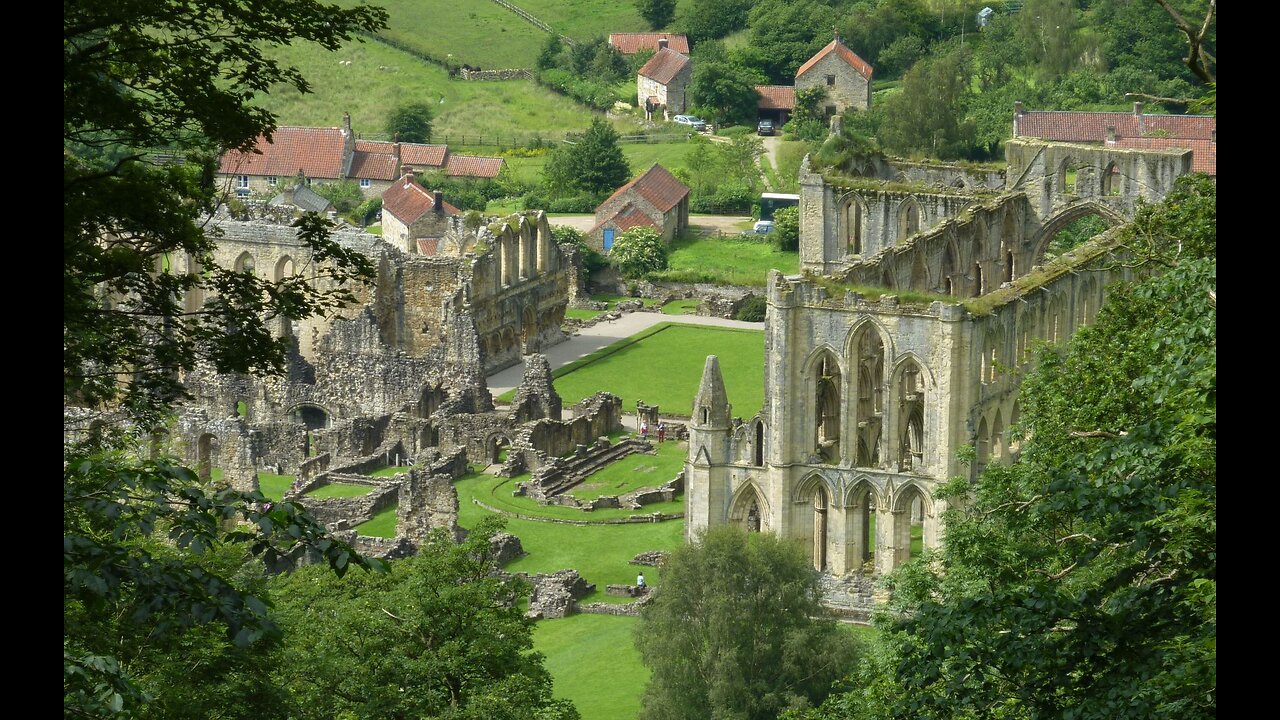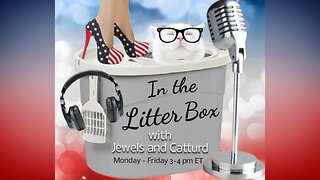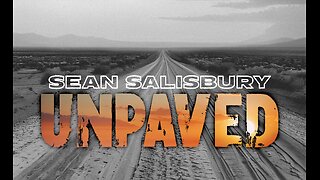Premium Only Content

"The Happy Children" by Arthur Machen
Helmsdale is way at the far northern end of Scotland, in Sutherland county. But names like Malton Head and Marishes Ambo, although I can't find these places in the real world, there is a Malton town and a Marishes parish, but in North Yorkshire, so in England, not Scotland, much less the far north of Scotland. So who knows. Machen does tend to incorporate words from real place names into his fictional place names, after all, so presumably the places names are meant to be fictional, but still have a ring of authenticity.
Unfortunately, I can't find anybody saying any of the words, so my pronunciations for places like Marishes Ambo or Malton Head may be wrong, compared to what a Scottish person, or a North Yorkshire person, might say. Use strange names with no pronunciation guide, get wrong pronunciations from people a hundred years later. That's how it goes.
I can't find any Banwick though. Barwick, yes, but Banwick, no.
"The Russians" and "The Angles of Mons" refer to other stories written by Machen, but which were reported in some news outlets as actual fact.
"Gang oop to beasten and tell them sike a tale and they'll not believe it" - I have no idea what this is trying to say. If you are Scottish and can make something of it, please leave a comment below to help us out! Presumably along the lines of: Go up to (somewhere) and tell them such a tale..."
Tom Smart: a character from Charles Dickens' "The Bagman's Story"
For the younger audience who may not know the lesser details of the world wars, when he says it is for good reason there were no lights on in the town, that was a measure to protect against German u-boat attacks. Lights on in coastal towns at night made it easy for u-boat captains off the coast to see the silhouettes of ships plying the coast. Turning the lights off was a simple method to make the job of the u-boat commanders a bit more difficult. This was true in both world wars.
Queen Elizabeth I reigned from 1558 to 1603.
Childermas Day is Dec 28 (in the west, Dec 29 for eastern churches), also known as Holy Innocents' Day. A religious service and holiday commemorating the supposed Massacre of the Innocents in Judea around the time of the birth of Christ.
Mattins: a service forming part of the traditional Divine Office of the Western Christian Church, originally said (or chanted) at or after midnight, but historically often held with lauds on the previous evening
sacring: the act or action of consecrating
glister: sparkle, glitter
The picture used is "A view of Rievaulx Abbey from Rievaulx Terrace (NT)" by Wehha, used here under the Creative Commons Attribution-ShareAlike 3.0 Unported license (https://creativecommons.org/licenses/by-sa/3.0/deed.en).
Since I don't know where Banwick is supposed to be, other than probably not Sutherland county, Scotland, and given that some of the place names recall North Yorkshire, I decided to look up abbeys in North Yorkshire. There three notable ones (Rievaulx, Fountains, and Whitby), and this is the one I ended up going with. Any of them would have worked here, they are all quite amazing. They were all three seized by Henry VIII as part of his larger Dissolution of the Monasteries between 1536 and 1541, and were all 300 to 400 years old by that time. That someone writing during the reign of Queen Elizabeth would have seen one of these monasteries before the dissolution and after is entirely plausible.
I went with Rievaulx just because this picture shows some nearby buildings with the red tiled roofing that is mentioned in the story. There are some people and cars in the picture, which isn't optimal, but they are small and non-obvious so hopefully not distracting.
To follow along: http://gutenberg.net.au/ebooks06/0607681h.html#11
-
 47:39
47:39
Michael Franzese
1 hour agoJewelry King Trax NYC EXPOSES How the Powerful Steal from You
12.6K1 -
 40:43
40:43
Kimberly Guilfoyle
5 hours agoDems Double Down on Delusion-Why? Live with Tony Kinnett & Bo French | Ep.202
38.7K13 -
 1:28:42
1:28:42
Redacted News
3 hours agoBREAKING! SOMETHING BIG IS HAPPENING IN EUROPE ALL OUT WAR IS COMING AGAINST RUSSIA, TRUMP FURIOUS
78.4K172 -
 47:50
47:50
Candace Show Podcast
3 hours agoBREAKING: Judge Makes Statement Regarding Taylor Swift's Text Messages. | Candace Ep 155
61.2K55 -
 LIVE
LIVE
CatfishedOnline
2 hours agoGoing Live With Robert - Weekly Recap
133 watching -
 UPCOMING
UPCOMING
LFA TV
23 hours agoEurope’s Sudden Turn Against America | TRUMPET DAILY 3.6.25 7PM
1.99K -
 UPCOMING
UPCOMING
Tundra Tactical
1 hour agoPam Bondi MUST Enforce Due Process NOW!
73 -
 56:42
56:42
VSiNLive
2 hours agoFollow the Money with Mitch Moss & Pauly Howard | Hour 1
17.7K1 -
 1:05:32
1:05:32
In The Litter Box w/ Jewels & Catturd
1 day agoShalom Hamas | In the Litter Box w/ Jewels & Catturd – Ep. 756 – 3/6/2025
74.2K32 -
 1:23:00
1:23:00
Sean Unpaved
4 hours ago $2.40 earnedNFL Free Agency
34.7K3